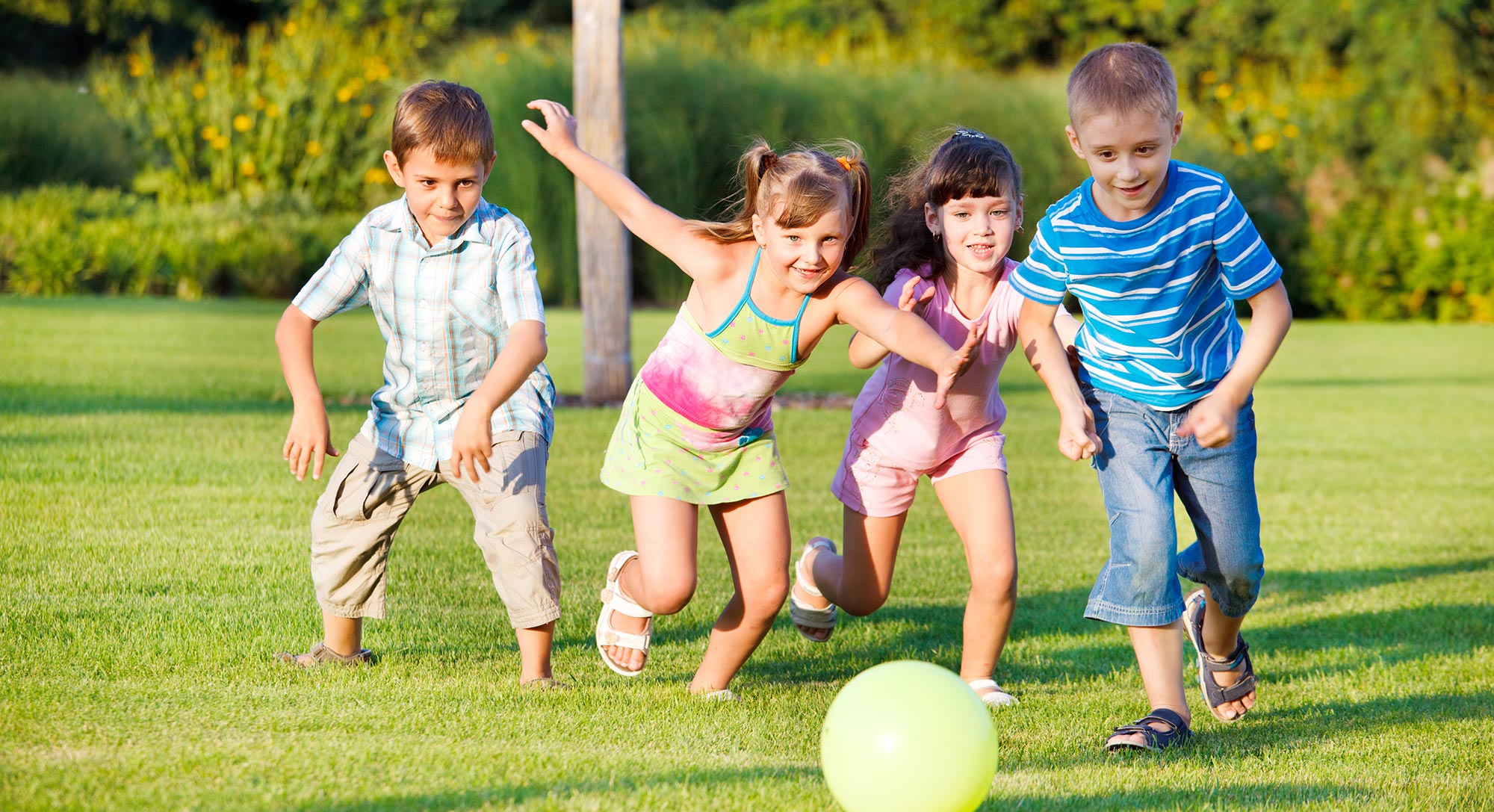Artificial grass has surged in popularity among homeowners in recent years. Initially developed for sports stadiums like the Houston Astrodome in 1966, where natural grass struggled to grow due to limited sunlight, artificial turf has proven to be a versatile and practical option for residential landscapes.
Here’s how you can incorporate artificial grass into your modern landscaping for a perfect touch.

Versatile Applications of Artificial Grass
Artificial grass can be used in numerous areas around your home:
Patios and Balconies: Natural turf is often too heavy for balconies, but artificial grass is lightweight and can be used safely, providing a lush green look without the weight issues.
Outdoor Rooms: Outdoor kitchens and entertainment areas benefit from artificial grass, which offers a soft, durable surface that stands up to rain without becoming slippery.
Pet Runs: For pet owners, artificial grass in pet runs prevents digging and avoids muddy messes after rain, keeping the area clean and usable.
Pool Walkways: While tile and stone are popular choices around pools, they can be slippery and unforgiving in falls. Artificial grass provides a durable yet softer alternative, reducing the risk of injuries.
Lawn Replacement: If maintaining a natural lawn is challenging, artificial grass is an excellent replacement. It offers the same aesthetic appeal without the upkeep, staying green and pristine all year round.
Preparation Before Installation
Before installing artificial grass, ensure proper preparation for the best results:
Measure the Area: Accurately measure the space to be covered, allowing for any sections that need to be cut to fit around your yard.
Select the Turf: Choose from a wide range of artificial grass options. Request samples from suppliers to find the one that best suits your preferences.
Clear the Area: Remove all debris, including grass, rocks, mulch, and roots, to create a smooth, hazard-free surface for the new turf.
Cost of Installation
Contrary to popular belief, artificial grass is often more cost-effective than natural grass. While the initial purchase might seem high, it typically costs less over time due to the lack of maintenance expenses.
DIY Installation: Installing artificial turf is a manageable DIY project. By doing it yourself, you purchase the turf by the square foot and avoid labor costs, making it a budget-friendly option.
Recycled Turf: For an eco-friendly and economical choice, consider recycled artificial grass. It offers the same quality at a lower price and helps reduce landfill waste.
The overall cost will depend on the type and amount of turf you need, so keep these factors in mind when shopping.
Maintenance Needs
Artificial grass requires minimal maintenance, making it an ideal choice for busy homeowners.
No Mowing, Watering, or Weeding: Once installed, artificial grass eliminates the need for regular lawn care tasks, saving you time and effort.
Weather Resilience: Artificial turf withstands frost, snow, and sunlight without damage or color fading. In heavy snow, you may need to shovel, but otherwise, it remains low-maintenance.
Durability: The turf is designed to handle various weather conditions and high foot traffic, ensuring your yard stays green and beautiful year-round.
